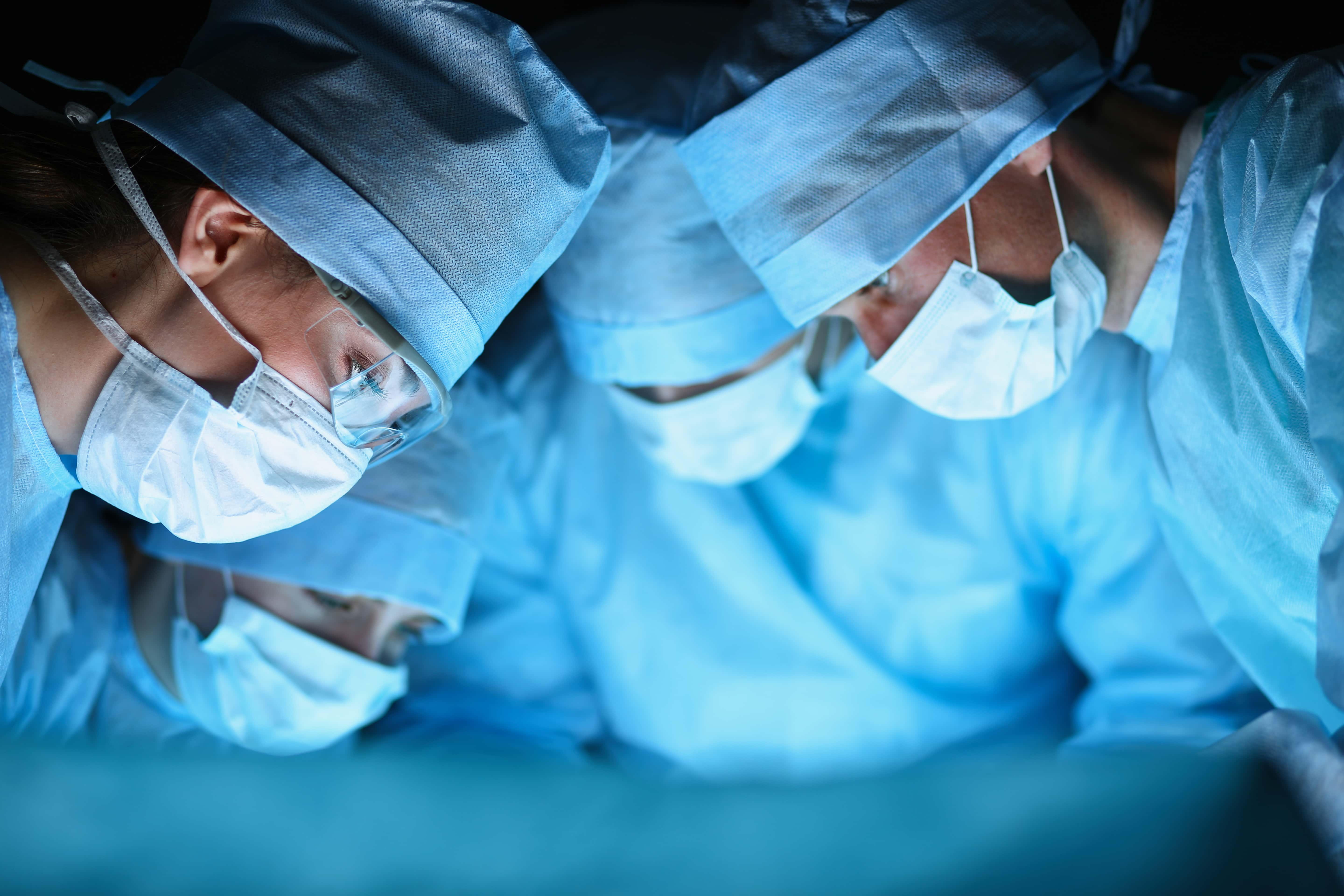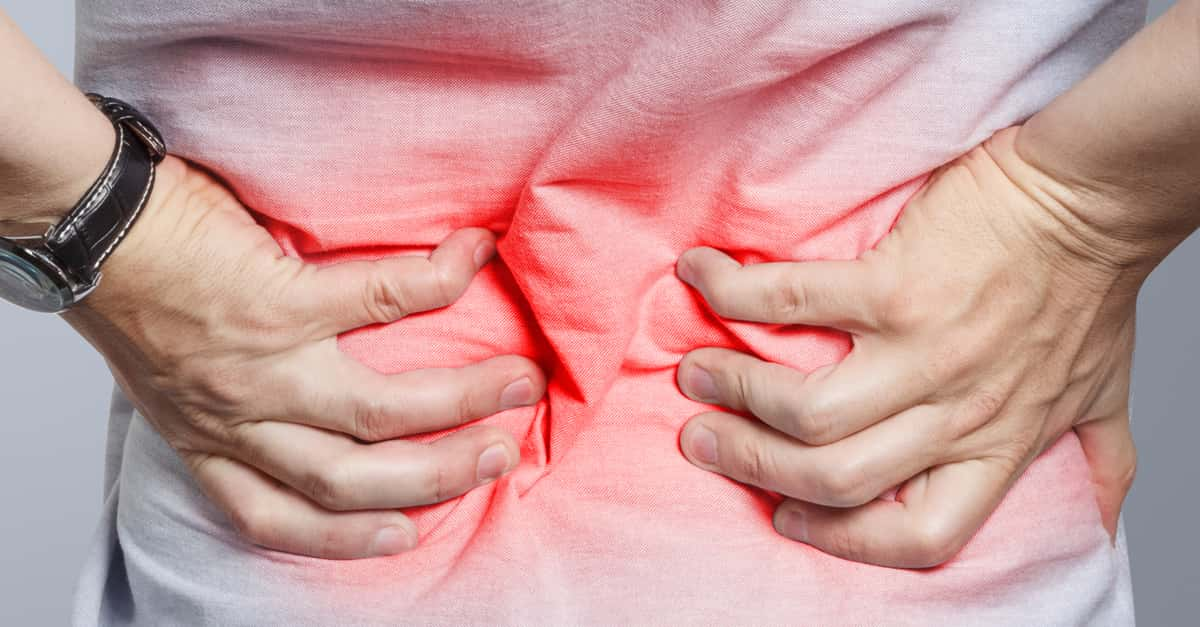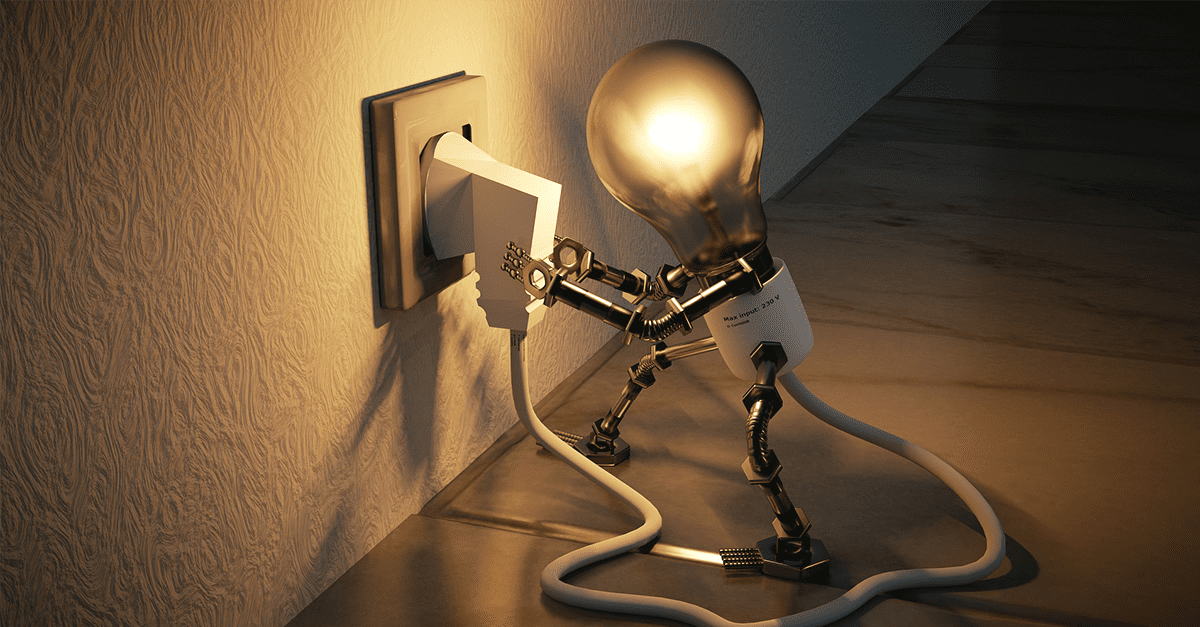What is a hernia? It may be something we frequently hear about, and it’s generally understood to be a painful yet treatable condition, yet few people actually know the different types of hernias or what they all entail. So, what exactly is a hernia?
It occurs when tissue or an organ protrudes through the wall of the cavity that it normally resides in. For example, the intestines may move through a fragile area in the intestinal wall. Usually, hernias occur in the groin or abdomen and can cause a great amount of pain. Since there are so many different types of hernias, the risk factors vary—as well as the treatments.
 Shutterstock
Shutterstock
Are There Different Types of Hernias?
A hernia can occur in different types of ways in different parts of the body. In the immortal words of “Weird Al” Yankovic, from his 1986 song “Living With a Hernia” (a parody of the James Brown song “Living in America”): “You may not be familiar with the common types of hernias that you could get, so just settle down, let me clue you in. There's incomplete, epigastric, bladder, strangulated, lumbar hernia, richter's hernia, obstructed, inguinal, and direct.”
The inguinal is the most common type of hernia, and they happen when the intestines shift through the intestinal wall. They're named for the inguinal canal, an area in the groin that may naturally be a bit weak, and where they are thus prone to occurring. If left untreated, various complications can occur which could lead to life-altering consequences. About 70% of all hernias are inguinal hernias.
What Other Types of Hernias Are There?
There are also hiatal hernias, which occur when the stomach protrudes up through the diaphragm (the muscle that separates the abdomen from the chest) into the chest cavity. Then, there are umbilical hernias, which can happen to babies before they hit the six-month mark. They become apparent when there’s a bulge in the child’s belly button, indicating that the intestine is pushing out. An incisional hernia happens in the abdomen after abdominal surgery.
 Shutterstock
Shutterstock
What Are the Symptoms of Hernias?
The symptoms of an inguinal hernia include localized pain and a bulge in the groin area (usually on the right side more than the left). This pain may become more noticeable during certain activities like coughing, straining, or standing up. Most hernias are easier to feel physically during those activities.
As for a hiatal hernia, the stomach can press up through the diaphragm, leading to painful acid reflux. People suffering from a hiatal hernia may also experience chest pain and trouble swallowing. However, some hernias do not show any symptoms at all. In these cases, hernias are diagnosed by a doctor-performed physical.
What Causes a Hernia?
Muscle strain and/or weakness is the main cause of most hernias. To be more specific, some particular common causes are improper weight lifting, coughing bouts, hits to the abdomen, and incorrect posture. Muscle weakness that has occurred as a result of aging, a chronic cough, or previous damage from injury or surgery can put one at risk for a hernia. Conditions that can cause strain leading to a hernia include pregnancy, constipation, and weight gain, among others.
 Shutterstock
Shutterstock

History's most fascinating stories and darkest secrets, delivered to your inbox daily.
What Are the Risk Factors for Hernias?
Certain people are more at risk for a hernia than others. Those who have a family history of hernias are particularly prone. Also, those who suffer from chronic constipation or coughs, those who are overweight, or those prone to chronic coughs (i.e. smokers and those with cystic fibrosis). Unfortunately, anyone who has had a hernia before is also likely to have another.
How Is a Hernia Diagnosed?
Doctors generally diagnose an inguinal hernia with a physical exam. They touch the area and determine if the protrusion is actually a hernia by having the patient cough or strain in another way. They may then need to use medical imaging technology like X-rays or ultrasounds to confirm the diagnosis if it’s not totally clear. An X-ray or an endoscopy (a small camera that goes down the throat to view the esophagus and stomach) is the most common way of diagnosing a hiatal hernia.
 Shutterstock
Shutterstock
How Are Hernias Treated?
Up until fairly recently, surgery was the most common way of treating inguinal hernias. However, doctors now try to avoid surgery because of a complication called post-herniorrhaphy pain syndrome. This causes pain or discomfort for more than three months in patients recovering from hernia surgery. Doctors now take this factor into account and often prefer alternative methods.
Depending on the size of the hernia and how bad the symptoms are, doctors may simply decide to just monitor it, leaving it alone until complications occur. One can also avoid foods that cause acid reflux and (carefully) perform exercises to strengthen the muscles around the site of the hernia. Doctors may also prescribe specific medications for hernia-related acid reflux.
If the doctor does elect to perform surgery, the operation involves patching the hole in the abdominal wall with surgical mesh. Generally, two types of surgery are performed: The first is open surgery, where the doctor makes an incision and manually inserts the mesh. The alternative is laparoscopic surgery, where the same style of procedure is done but with very small incisions and a camera. This helps to shorten recovery time.
 Shutterstock
Shutterstock
Can a Hernia Be Prevented?
The best way to prevent a hernia is to avoid strain. Try to avoid lifting heavy objects or weights. If it's necessary, do it with proper form. Smoking is a risk factor, as previously mentioned. Thus, another prevention strategy is to address any persistent coughs with a doctor before they cause a hernia.
For those who are at risk as a result of being overweight, modifying the diet to be healthier may help prevent hernias. Being aware of the early signs of a hernia and discussing them promptly with a medical professional if they occur is the best strategy in order to avoid life-threatening and painful complications that can happen if a hernia goes untreated.











